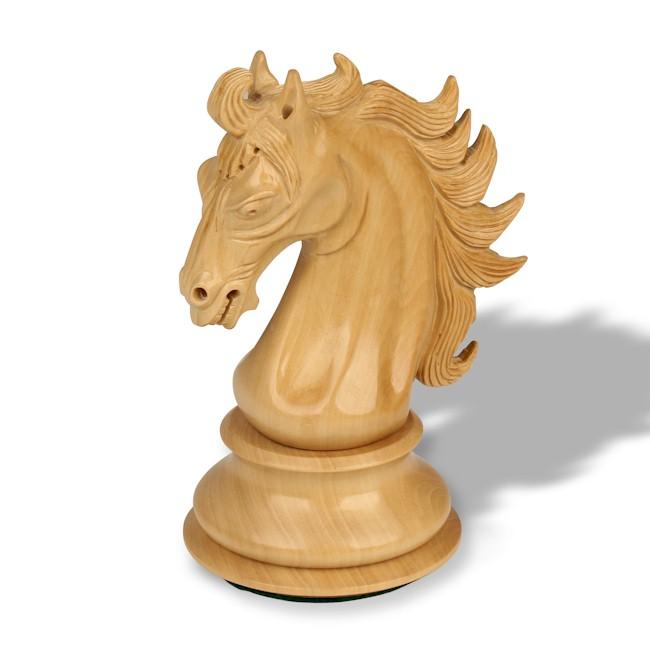
Attack and Defense and the Permanent Knight
Last August I wrote an article called "The Knight's Moves", about superhuman (or rather, "superequine") knights which travel the board with amazing activity. But more often a powerful knight takes the form of a "permanent knight" - a knight entrenched on a strong square from which it cannot be chased away or traded off, and from which it dominates the game. Here is an example of such a knight:
After reaching d4, the black knight basically did not move (other than to recapture on b5 and then come right back) until the end of the game. But its magical influence determined the whole struggle and gave Black an overwhelming position.
The characteristics of a "permanent knight" are the following:
1. The knight cannot be chased away by any enemy pawns.
2. The knight cannot be traded off (normally the bishops of the color of the square which the knight occupies have been traded).
3. The knight is usually anchored by a pawn.
4. The knight is on an important square, usually in or near the center of the board.
The presence of a "permanent knight" is a huge factor in the position - often the most important factor. Such a knight sends its tendrils into the opponent's position while also can be a major factor in defense - there are many examples of a single strong knight holding together a position which is compromised in other ways. The major thing is the knights permanence - it will always be there. If the black knight in the above example were only a temporary tenant of the d4 square, White could live with it. You could not feel the effect of the knight for quite a while. But as the game went on, the knight was inevitably going to be a factor, and this determined the course of the struggle. So it is with these permanent knights.
What causes a "permanent knight" to make its appearance? How does such a plant grow in the middle of the board? Usually, for a permanent knight's ideal growing environment the soil must be afflicted by what Hans Kmoch called "leucopenia" or "melanopenia" - light-square or dark-square weakness. In the above position, the experienced chess doctor can feel the slight - but noticeable - illness of melanopenia in White's position. This provided the proper environment for the permanent knight to thrive.
In the following position - a very old game of mine - White's position suffered from leucopenia. This allowed me to create a permanent knight. While the game was basically decided a few files away on the queenside, the knight's strategic impact was in play there as well.
In the following game, a permanent knight compensated for an enormous loss of material. The knight didn't stay there long, however, as it was soon used to create a winning attack
Now practice using positional factors to create a "permanent knight" which will spread doom in the opponent's position:






